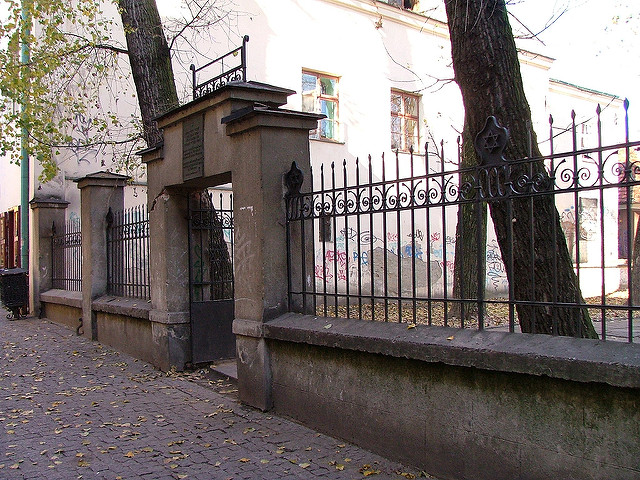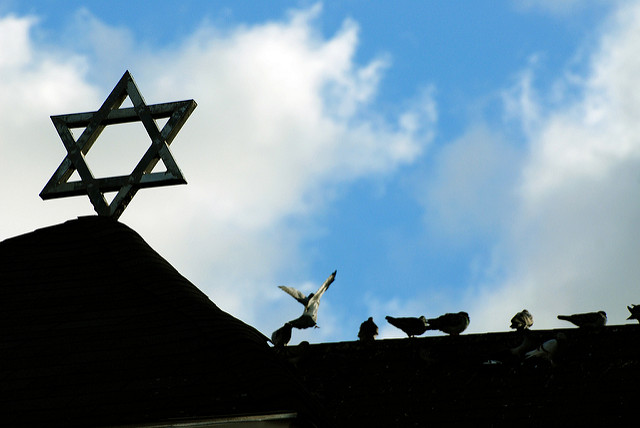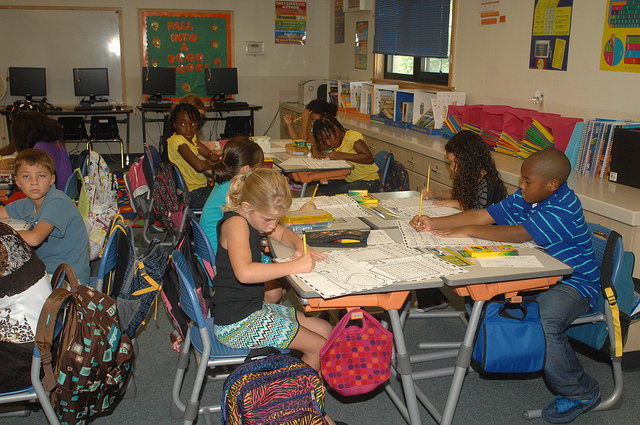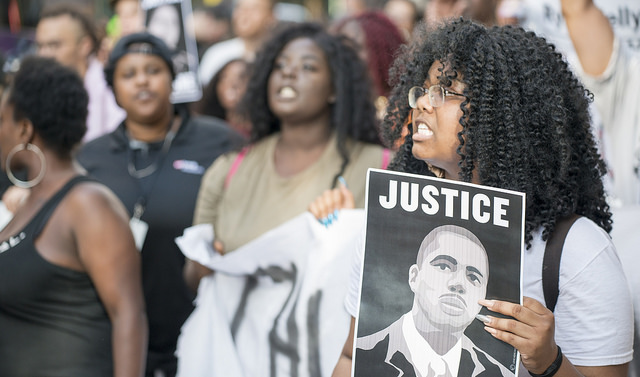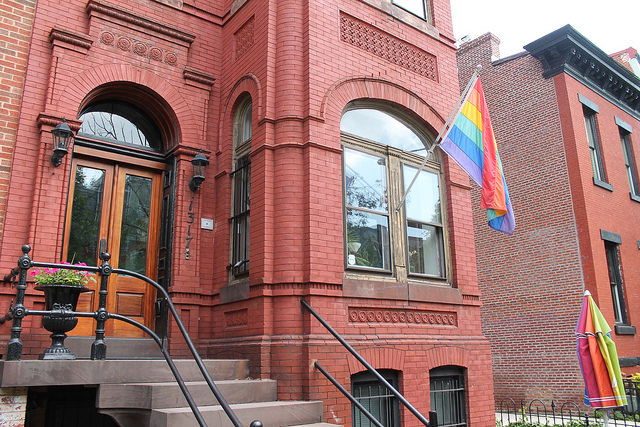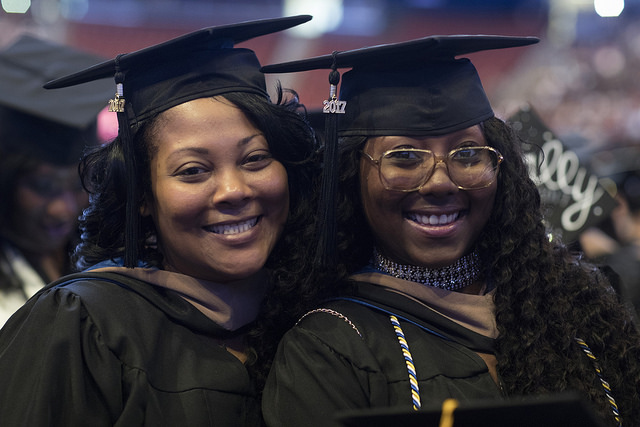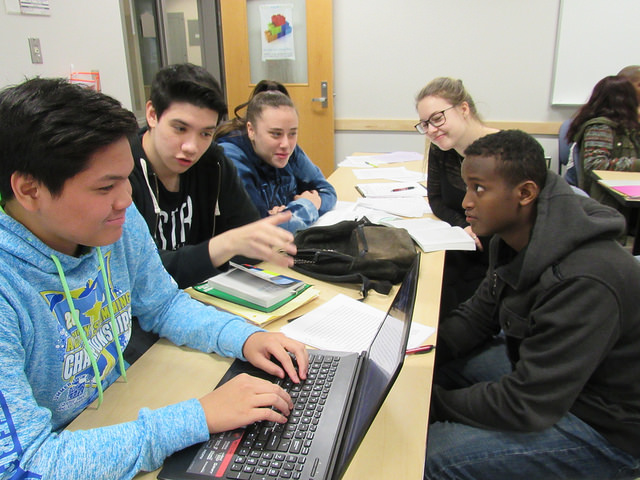
The incoming congressional class will be the most diverse in history, including a record number of women of color. Although change is slow in the political realm, the changing face of Congress may reflect the changing face of the United States. The U.S. Census has long predicted that non-Hispanic whites will become a numerical minority, making up less than half of the U.S. population in the not-too-distant future. Recently The New York Times interviewed social scientists to get their reactions to this national “majority-minority” conversation.
Social psychologists Maureen Craig and Jennifer Richeson recognized that these projections — that whites will no longer make up the majority — spark fear in many white Americans. Consistent with what researchers already know, that groups feel more threatened as their size declines, Craig and Richeson found that white Americans who read about the projections indicated more negativity toward racial minorities.
From his own experience presenting these census projections to others, demographer Dowell Myers observed that progressives were uninterested in finding ways to alleviate fears about this demographic shift. Instead, political progressives heralded these projections as a sign of “demographic destiny” that would inevitably sweep them into power.
Sociologists like Richard Alba question whether the Census is even using the right categories when they project a majority-minority country. Race is particularly difficult to project, considering the definition of race changes over time because it is always situated in a particular context and set of social relations. This leaves researchers with many questions, including whether the Census Bureau should continue to identify mixed-race individuals with both white and other racial backgrounds as non-white, as well as whether whiteness will shift to include current non-white groups. As sociologist Mary Waters concludes,
“The question really for us as a society is there are all these people who look white, act white, marry white and live white, so what does white even mean anymore?…We are in a really interesting time, an indeterminate time, when we are not policing the boundary very strongly.”

